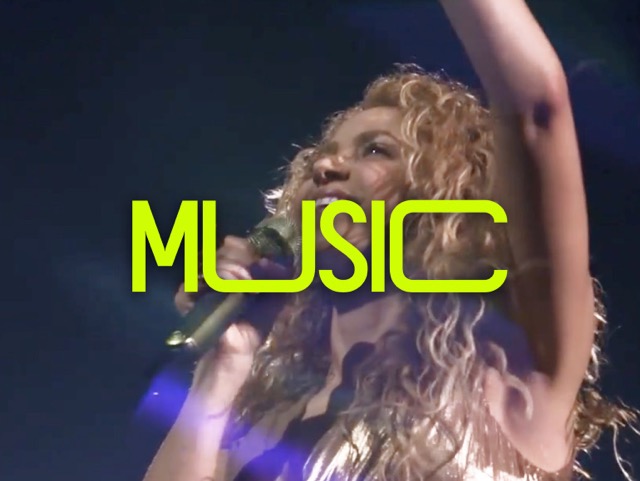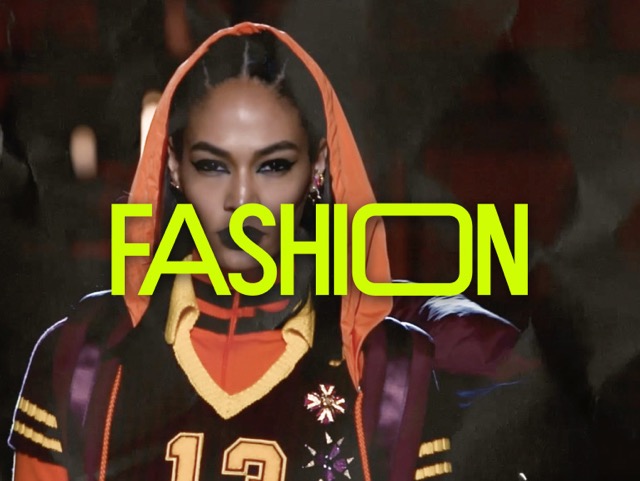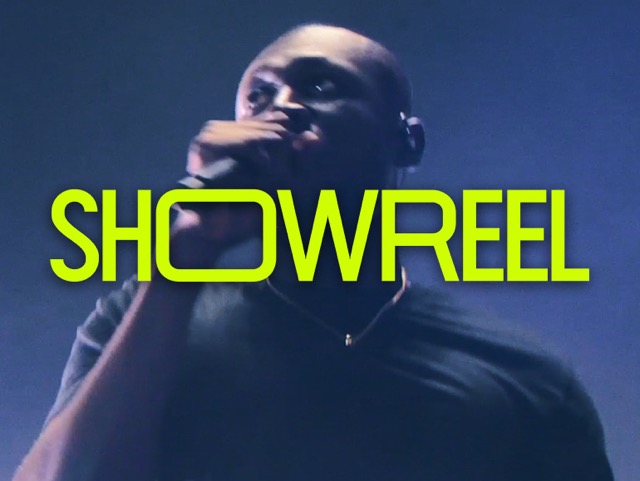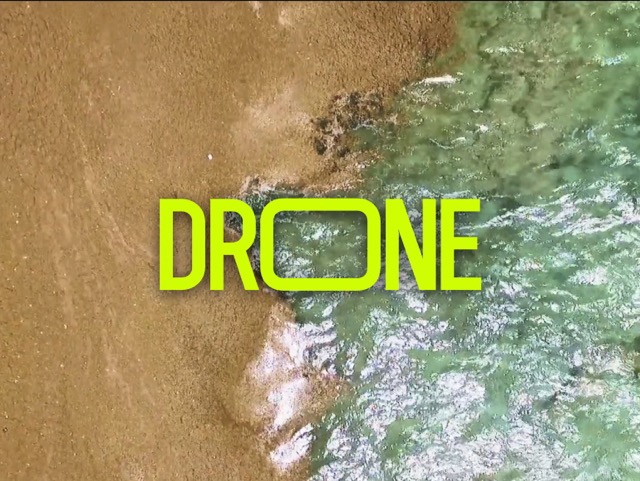Unleashing the Power and Impact of Real-Time Communication
In today’s fast-paced digital landscape, live broadcasting has emerged as a powerful tool for businesses in London seeking to connect with their audience on a more personal level. From breaking news coverage to hosting virtual events and captivating social media streams, live broadcasts offer immediacy and authenticity that can elevate your brand and engage your customers. In this article, we will explore the benefits of live broadcasting for businesses in London and how our company can provide you with expert live broadcast agency services to make your vision a reality.
Real-Time Engagement and Customer Interaction
Live broadcasting presents a unique opportunity for your London business to engage and interact with your audience in real-time. By hosting live Q&A sessions, product demonstrations, or exclusive behind-the-scenes content, you can foster a sense of community and build meaningful connections with your customers. Our expert live broadcast agency services can help you execute seamless and engaging live streams that leave a lasting impression on your audience.
Amplifying Your Brand with Authenticity
In the competitive business landscape of London, authenticity is key to gaining customer trust and loyalty. Live broadcasting provides a transparent and genuine platform to showcase your brand’s values and personality. Whether you’re launching a new product or hosting an interactive webinar, our team can assist you in creating live broadcasts that exemplify your brand’s identity and build a loyal customer base.
Elevating Your Marketing and Event Strategies
When it comes to marketing and event strategies, live broadcasting can be a game-changer for your London business. Promote your events, product launches, or company announcements through captivating live streams that engage and excite your target audience. Our comprehensive live broadcasting agency services can help you optimise your marketing efforts and ensure your events have a global reach and a lasting impact.
Seamless Virtual Events and Webinars
With the world shifting towards virtual experiences, our live broadcasting services can transform your London-based virtual events and webinars. Whether you’re hosting a conference, workshop, or training session, our team of experts can provide the technical support and creative expertise to deliver flawless live streams that captivate your attendees and exceed your expectations.
Global Reach and Accessibility
As a London-based business, you have the opportunity to reach a global audience through live broadcasting. With viewers from different time zones and locations tuning in simultaneously, our live broadcasting agency services can help you break geographical barriers and make a lasting impact on an international scale.
Conclusion
Live broadcasting is a powerful tool that can take your London business to new heights by enhancing customer engagement, amplifying your brand, and revolutionising your marketing and event strategies. As a leading live broadcasting company in London, we have the expertise and passion to bring your vision to life and connect you with your audience like never before. Whether you’re seeking real-time customer interaction, authentic brand storytelling, or seamless virtual events, our team is here to deliver the exceptional live broadcasting services you need. Let us be your trusted partner in navigating the world of live broadcasting and transforming your business in the digital age.
We’re here to help…
If you have any questions please send us a message. We’d love to hear from you. Maybe we can make your next video production extra tasty:)






